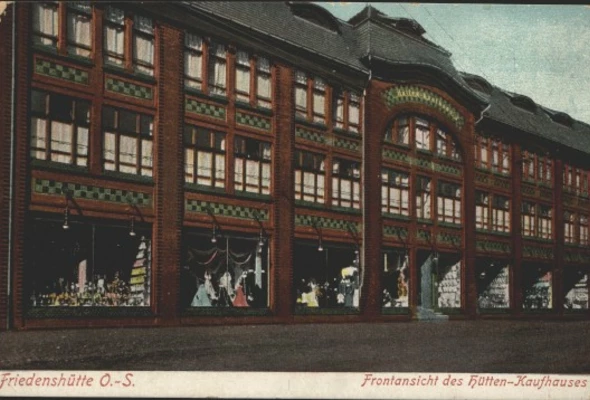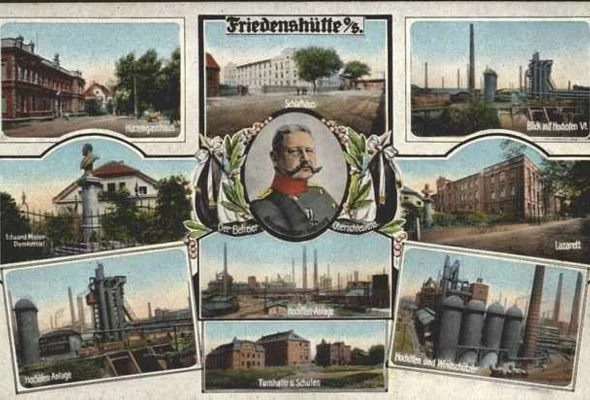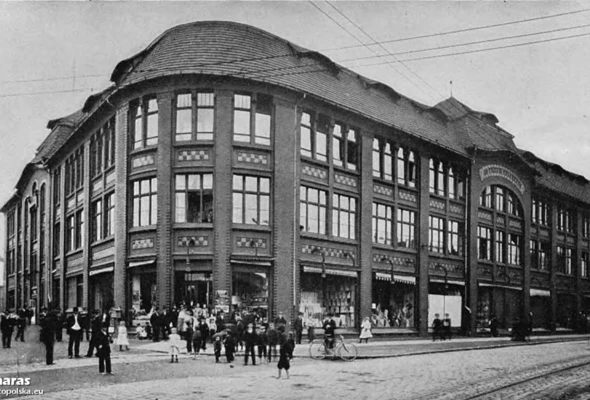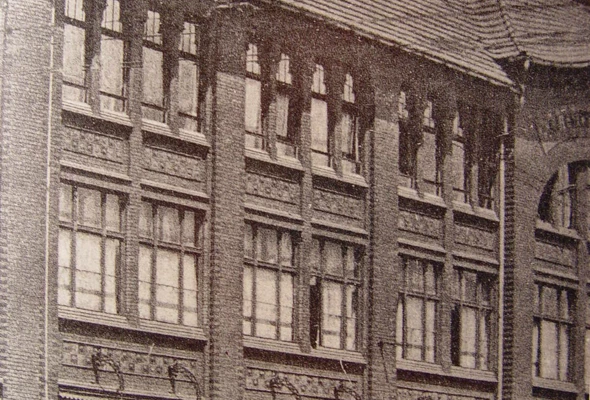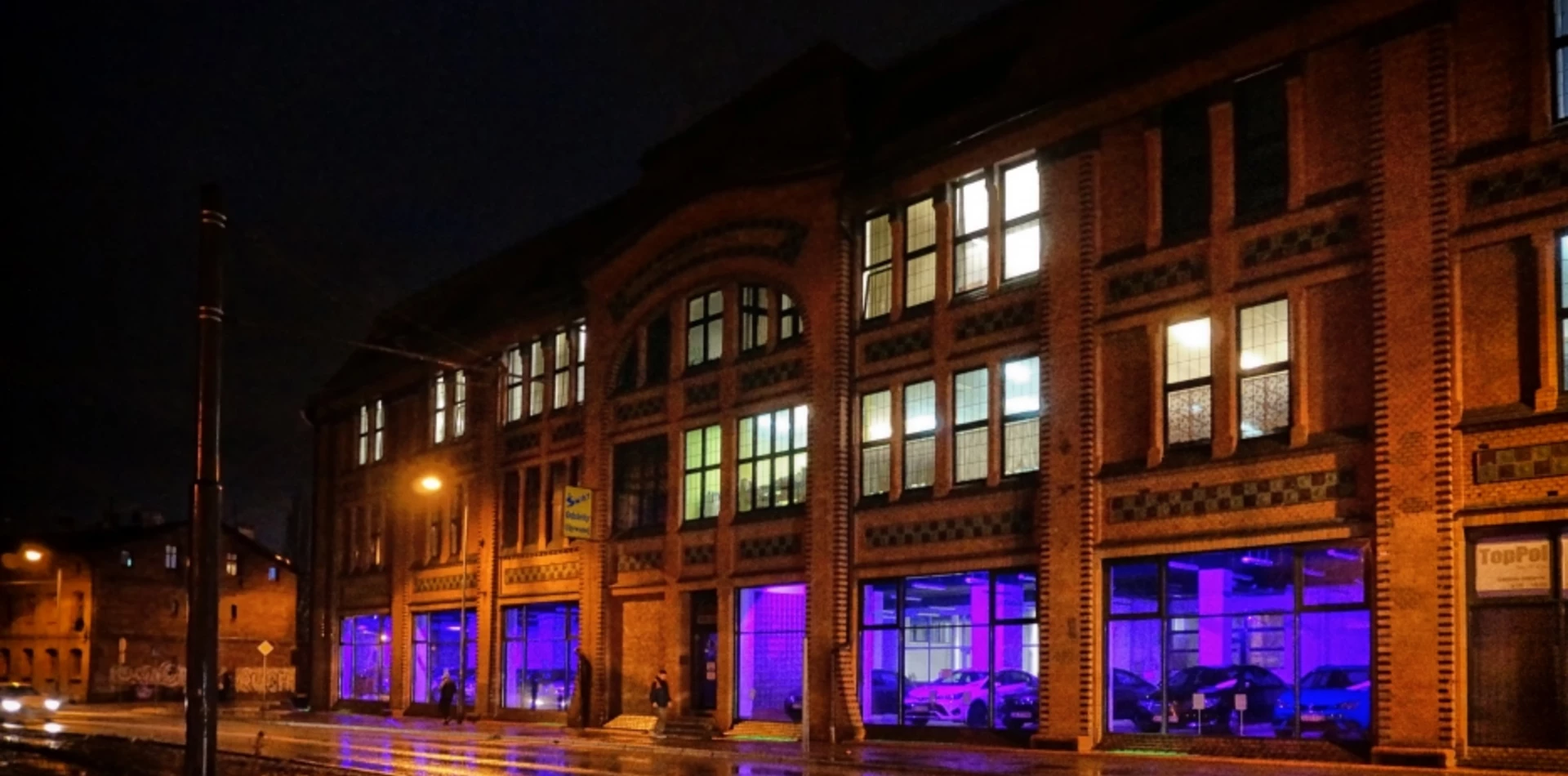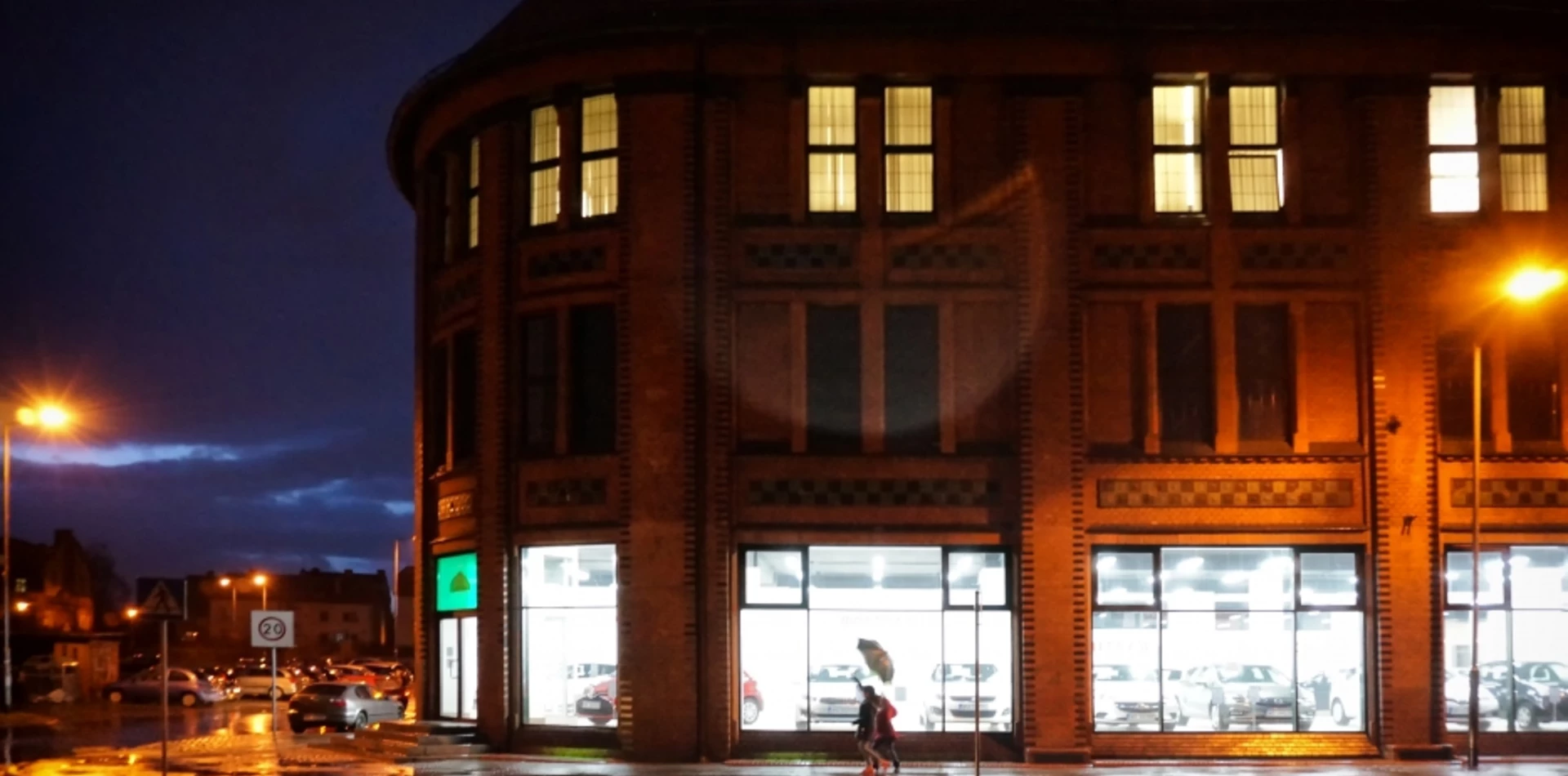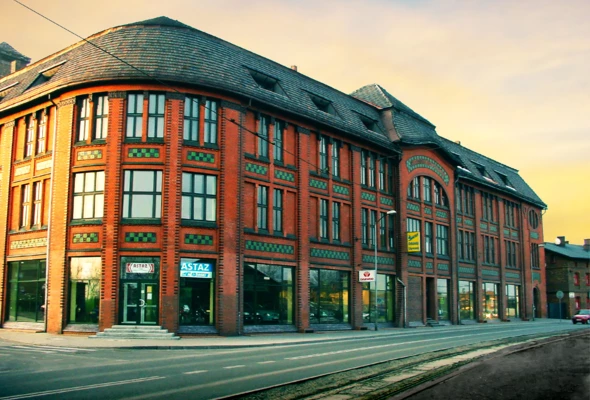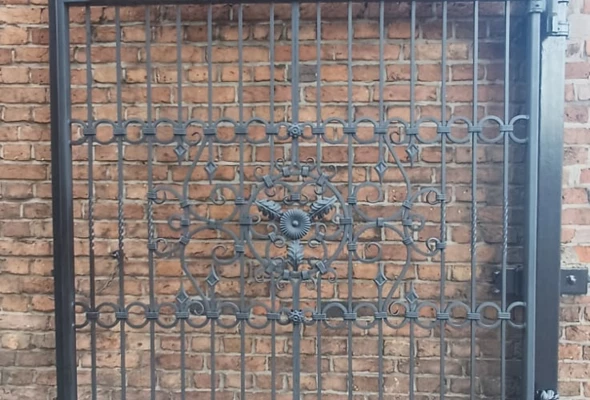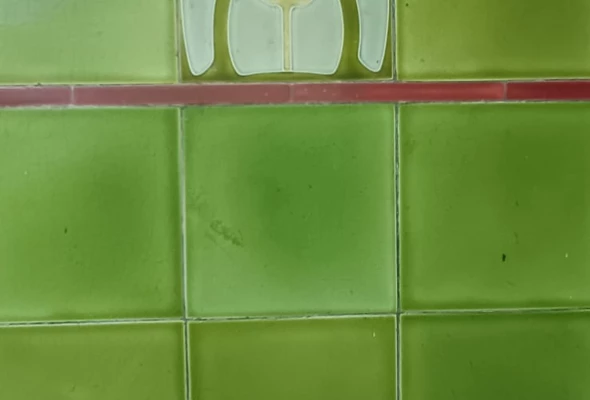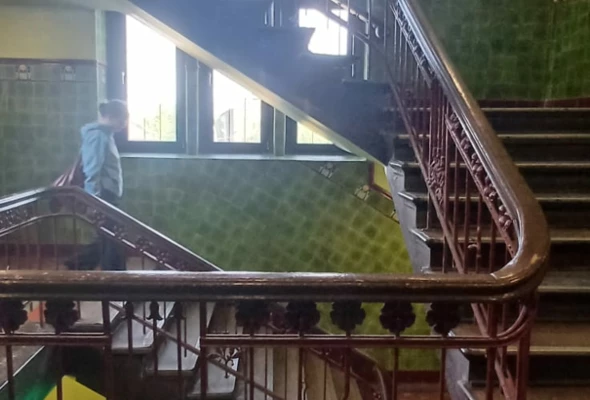Kaufhaus is the oldest department store in Poland, built in 1904 in Fridenshuette (now Ruda Śląska) of clinker brick with Art Nouveau elements. Designed to attract residents with its unique amenities, it lost its historic character over the years due to destruction and reconstruction during the communist era. A recent renovation restored it to its former glory, reviving the local heritage.
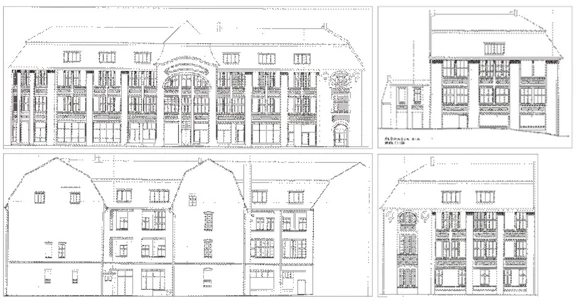
The oldest department store
At the end of the 19th century, the Kaufhaus symbolized a new form of commerce. The first such facility was built in 1879, and a quarter of a century later, the Oberbedarf corporation decided to build its own department store for Friendenshutte (now the Pokój Steelworks). The Kaufhaus in Ruda Śląska was built in 1904 on a workers' housing estate that had existed until the mid-19th century, and after its construction, it acquired the name Kaufhaus. The building's architecture, with its Art Nouveau elements, inspired the most impressive department stores, such as the famous Kaufhaus des Westens in Berlin, three years younger, also known as KaDeWe, from 1907.
Its first 22 buildings, the Kaufhaus estate, were erected in 1880 for workers at the "Pokój" steelworks, founded in 1840. In the second half of the 19th century, the colony was called Gute Hoffnung, and after the plebiscites of the 1930s, when it found itself on the Polish side of the border, it was renamed the Styczyński Colony.
The buildings are characterized by characteristic familoks—two-story brick houses with gable roofs and minimal architectural detailing. There were two apartment layouts: the first type had six small apartments on each floor, accessible from a single staircase, with utility rooms and sanitary facilities located in the courtyards; the second type had two staircases, and each floor contained two larger apartments with two rooms and a kitchen.
Over time, service facilities were added, including a shelter for single workers. The first phase of expansion culminated in the construction of a centrally located department store in 1904, from which the entire complex took the name Kaufhaus. Equipped with elevators and a slaughterhouse, this building was considered a European phenomenon: three floors of retail space defined the new center of life for the estate.

From the outset, the Kaufhaus served as the district's consumer center, where residents could purchase everything they needed at affordable prices, from fresh meat and groceries to exquisite delicatessen and perfumes. After the turbulent war years, the building housed institutions such as the management of the Pokój Steelworks, along with employee housing, a music school, the board of directors, offices, and the main PSS Społem grocery store.
A skillful combination of tradition and modernity.
Since its privatization in 1999, the Kaufhaus in Ruda Śląska has been undergoing a thorough revitalization, restoring its former glory and character. In 2011, the first phase of the revitalization of the "Kaufhaus Workers' Estate" (Osiedle Kaufhaus) was completed with municipal funding (resulting in the creation of public parking spaces, sports fields, new road infrastructure, and utilities). Phase II is currently under preparation, aimed at supplementing and expanding the estate and further renovating the buildings.
The Kaufhaus renovation has contributed to the revitalization of the district and has become a symbol of the successful revitalization of post-industrial spaces. The project has inspired similar initiatives in the region.


